|
A couple of months ago I wrote about the Large Macaw family. They are easy to recognize as they are colorful and noisy large birds. Today I like to write about a smaller family: Parrots. Just like the Large Macaws, parrots are also social birds, living and foraging in large noisy groups. But unlike the Large Macaws they aren't easy to spot. Thanks to their 'camouflaged' uniform it took me years to identify some of the parrots. Since they have mastered being 'one' with the leaves, I was 'forced' to train both my eye sight and hearing. As I am still in training, I shall write about some of the parrots I was able to identify, photograph and recognize:
Identifying these parrots was time consuming for me. Especially when they were playing games with me by hiding between the leaves or by flying away quickly. But it is also a great challenge to discipline myself to keep on going. A challenge I am willing to accept.
I'll keep you posted! One of the best thing that I like about working and living in the interior of Kabalebo, is being able to experience how nature 'awakes' every morning. The 'unfamiliar' sounds coming from out of the dense vegetation, gives the jungle its 'mysterious' atmosphere.
I remember that in 2005 I heard for the first time the Red Howler Monkeys calling early in the morning. I was camping out with some friends. Back then I didn't have a clue what nature was all about, let alone recognize the calls of Howler Monkeys. Their call surely gave me the goose bumps. I didn't sleep during the whole stay. Nowadays I am anxious and curious of trying to find out where the call is coming from and who is responsible for the 'excitement'. And to lure the 'culprit' out of its hiding place, I am armed with an audio - recorder, ready to record the 'unfamiliar' sound..... trying to solve the mysterious calls. On July 14, 2014 I was successful in 'discovering' the Thrush-like Antpitta (Myrmothera campanisona). A common bird that walks like a small rail* through thick undergrowth, difficult to see but often heard. It was my lucky day as the Antpitta was close by making it easy for me to record its sound and also trying to lure it out of the dense interior. After 2 hours of playing the recording over and over again, my patience was finally rewarded ..... the Thrush-like Antpitta came out of its hiding place. Standing on a fallen log it repeatedly responded to the playback recording. I felt like the luckiest person alive. The 'meet-and-greet' only lasted for a couple of minutes as it continued its journey, leaving a very satisfied person (me) behind. * Rail |rāl|noun: a secretive bird with drab gray and brown plumage, typically having a long bill and found in dense waterside vegetation.[Family Rallidae (the rail family): several genera, esp. Rallus, and numerous species. The rail family also includes the crakes, gallinules, moorhens, and coots.] Since 2012 I have been using Game camera's (Trap Cams) to track down what kind of wild animals are passing by in Kabalebo. A welcoming third eye to observe the Fauna world on a safe distance and without disturbing or distracting the animals.
Kabalebo is situated in the midst of the jungle of South-West Suriname. A remote place covered with miles of undisturbed primary forest, making this also a perfect location to spot some rarely seen species. On July 22, 2014 I was able to capture the first picture of a Puma (Puma con color) Exactly a week later he returned to the same spot. A new milestone as it is known that these creatures are rarely seen even at places where they are common. The Puma is a lonesome hunter who likes to share his territory with more then one female. So it is possible that more Pumas might be wandering around the neighborhood. We'll see ..... A couple of days ago I posted a picture of a Spectacled Owl (Pulsatrix perspicillata). A common bird of prey that hunts during the night. Since the reactions and comments were so overwhelming, I thought that it was time to tell a bit more about it. The first time that I spotted this bird was on August 17, 2011. It was calling continuously and since I couldn't recognize the sound I went outside to look where it came from ...... and there it was: a young Spectacled Owl A small white bundle 'wearing' a black mask. Years went by and the little fellow grew into a handsome big fellow. Since the first day we 'met' it never left the area. Well, actually it made the area near the lodge also part of its territory. And since he pays us a visit on a regular basis, we also made him part of the Kabalebo family.
He is a still-hunter who starts right when night falls. Sometimes he hunts at the other side of the river, but most of the time he hunts near the lodge, 'snatching' sleeping birds out of the trees. Recently he started to hunt on bats when they fly out of the staff houses ceilings. A great 'bat' terminator who doesn't ask for anything in return. This Spectacled Owl is a real down-to-earth fellow, who doesn't ask much, but rather enjoy every little thing in his life. |
Archives
June 2024
Categories
All
|
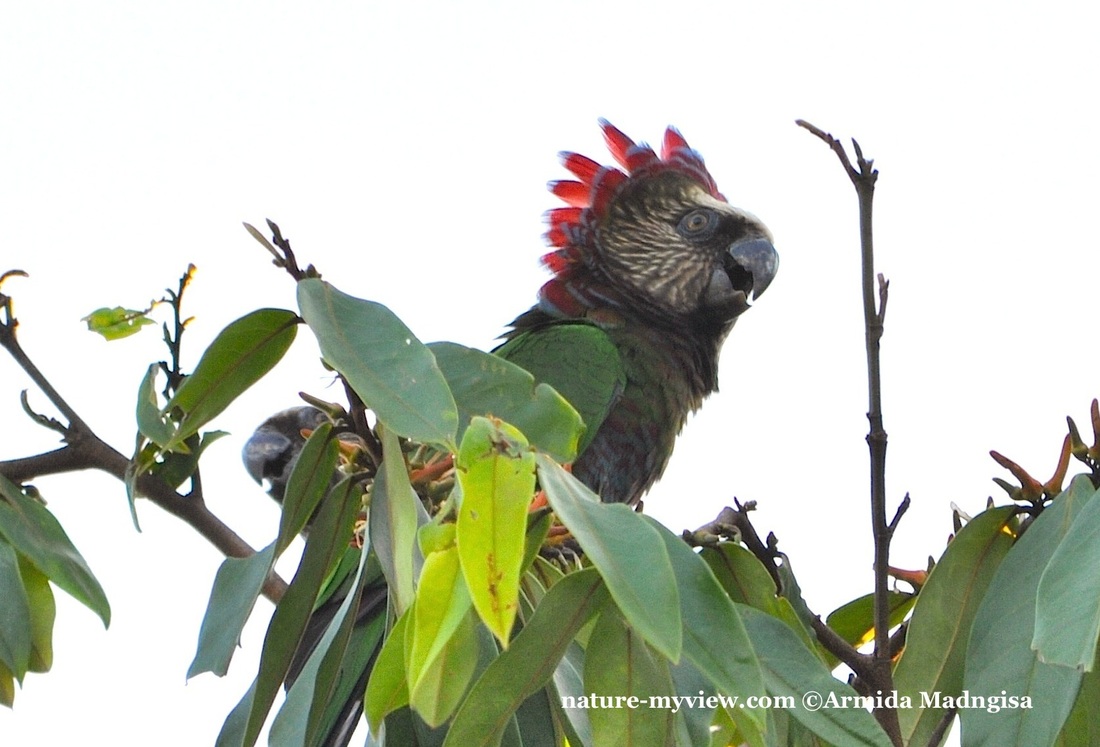
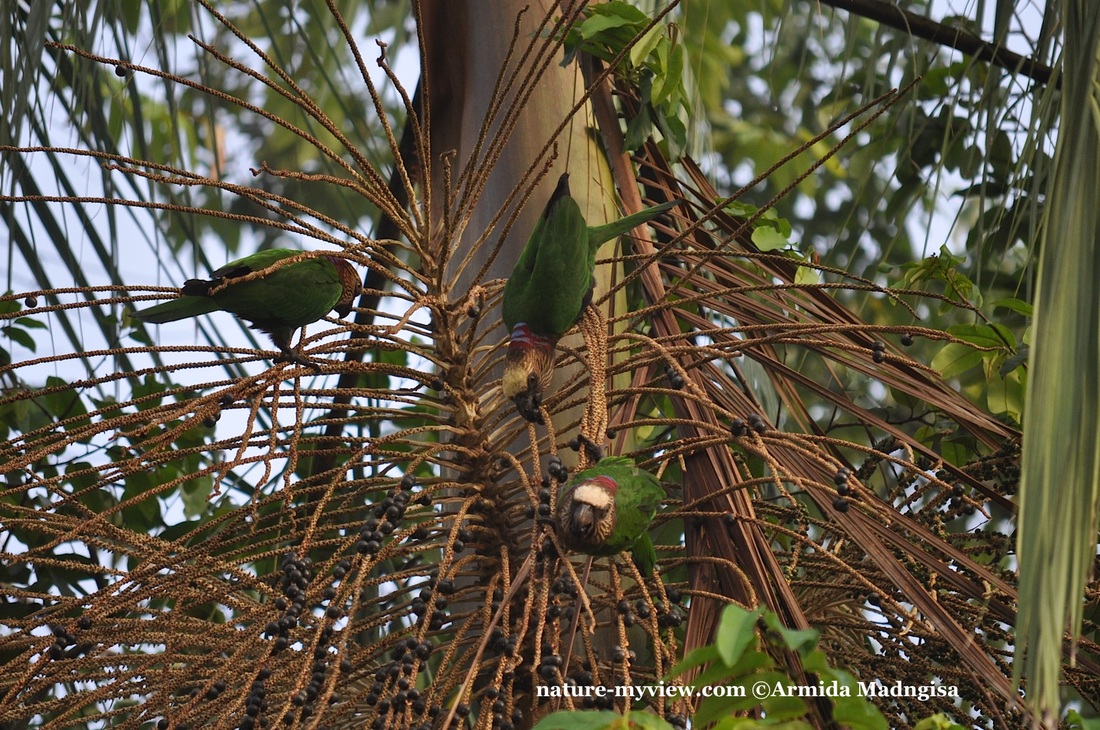
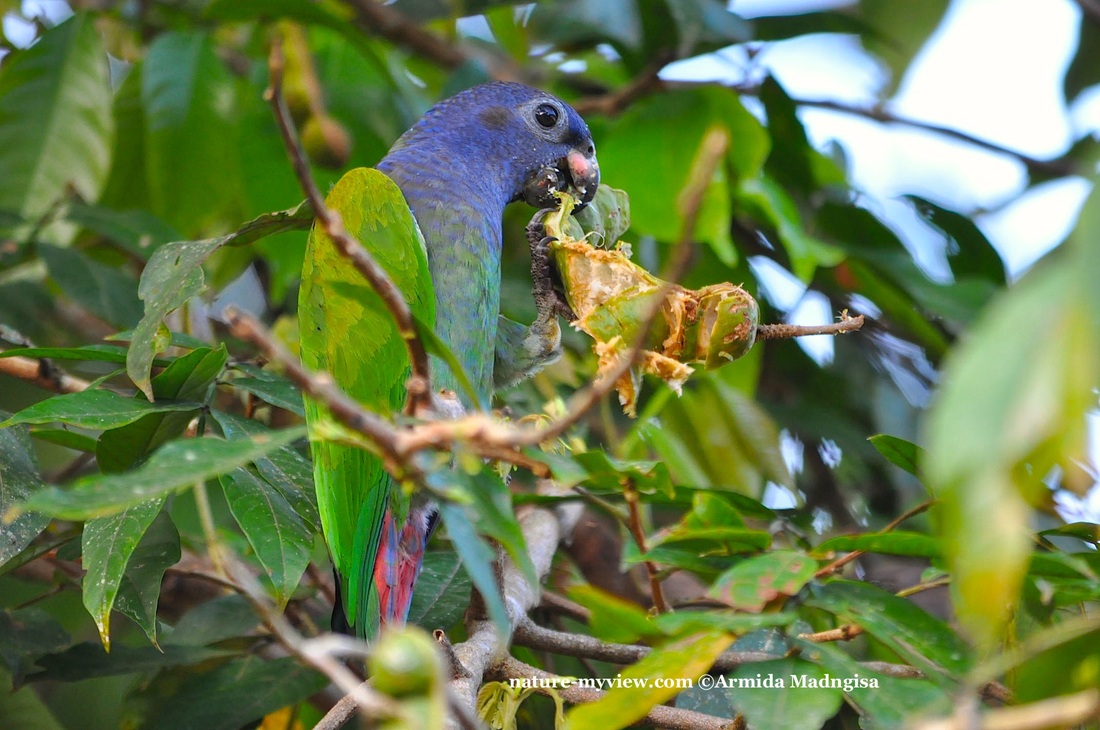
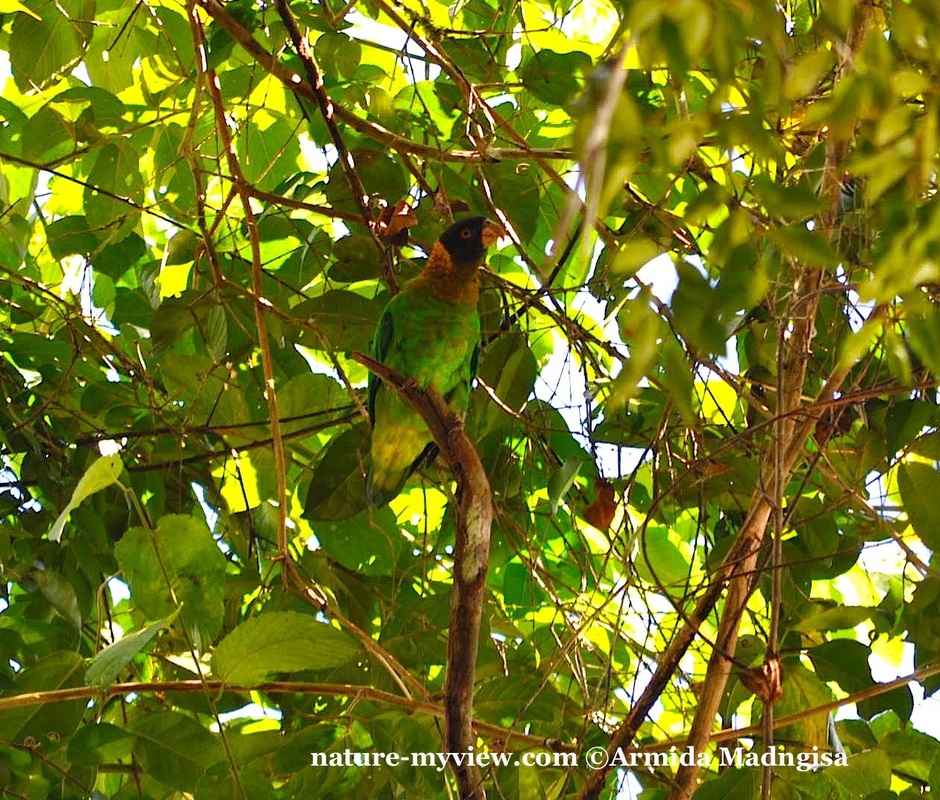

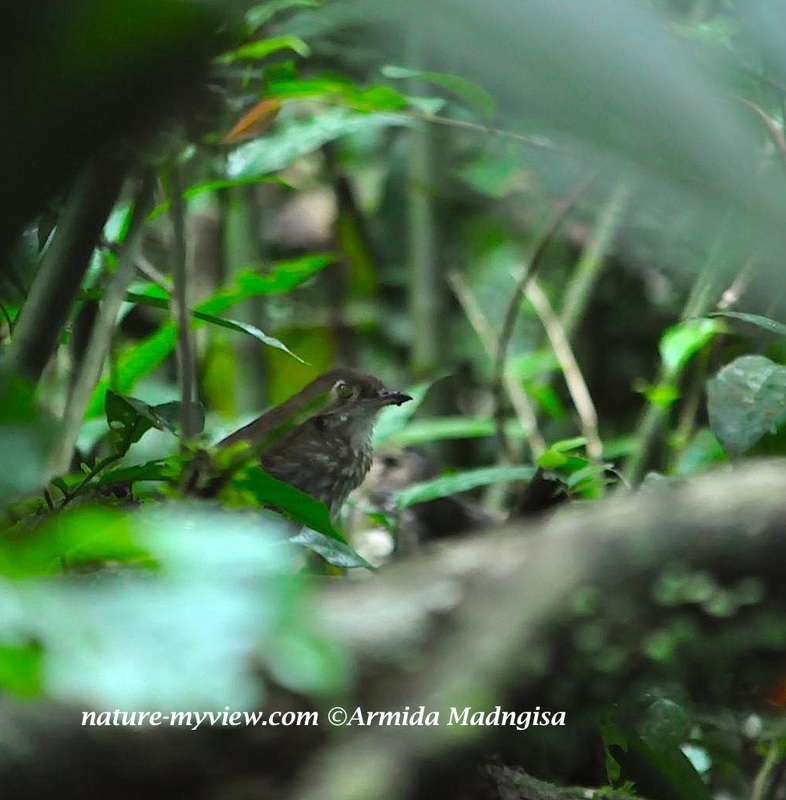
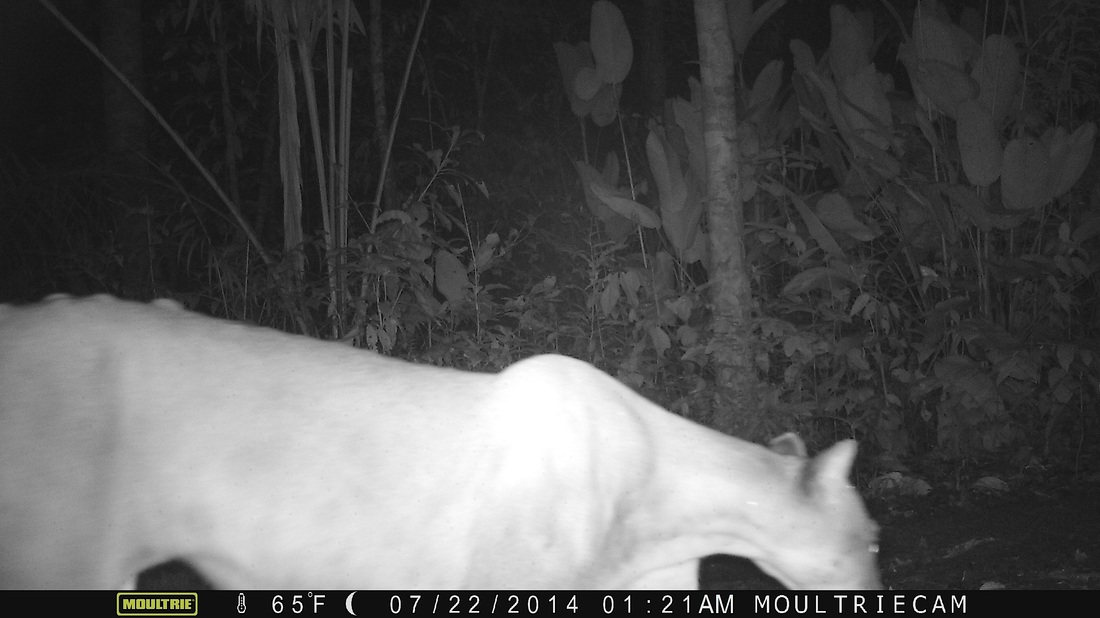
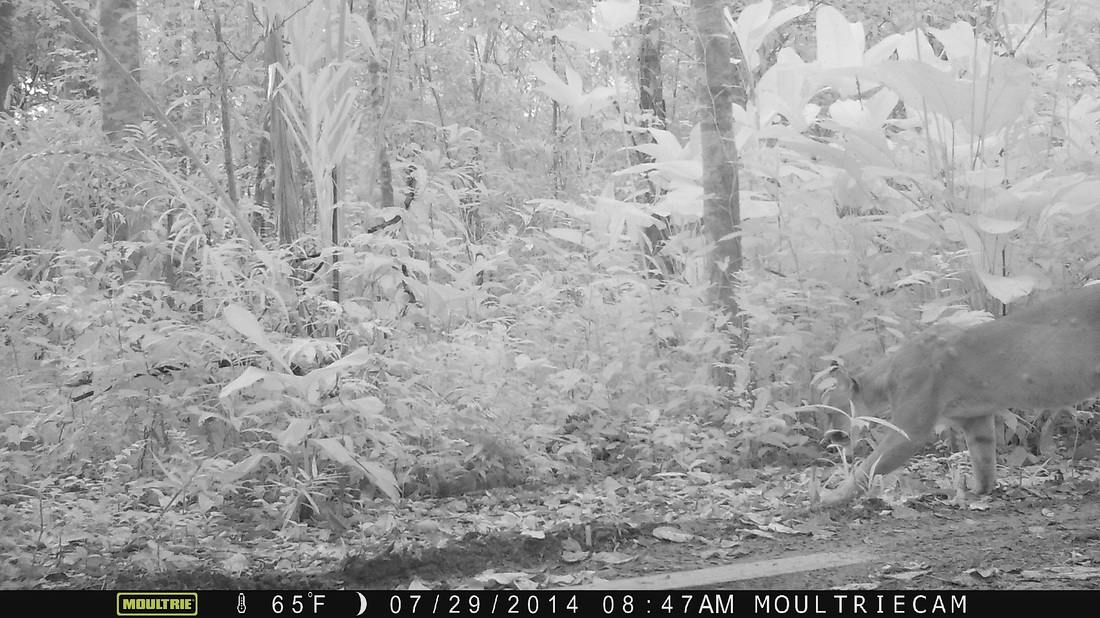
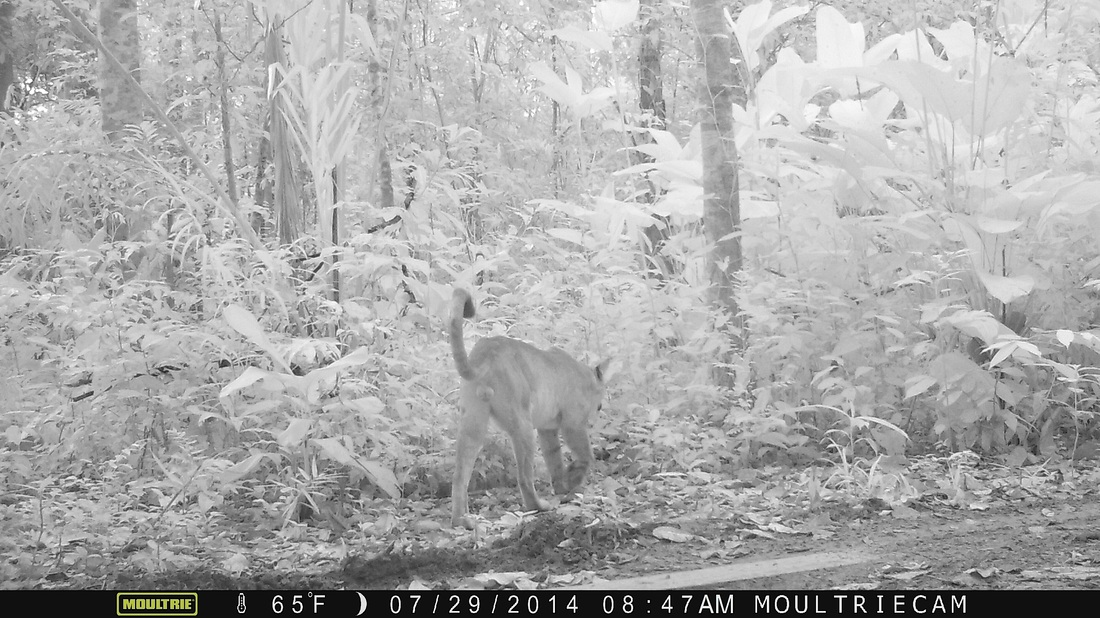

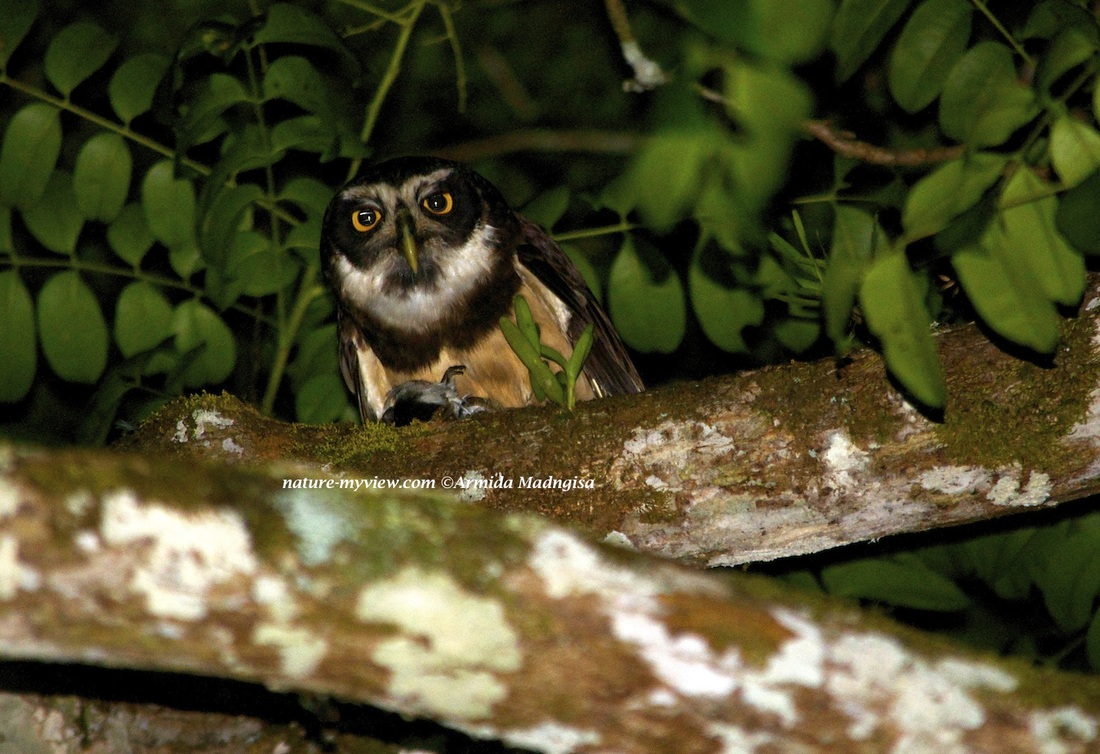
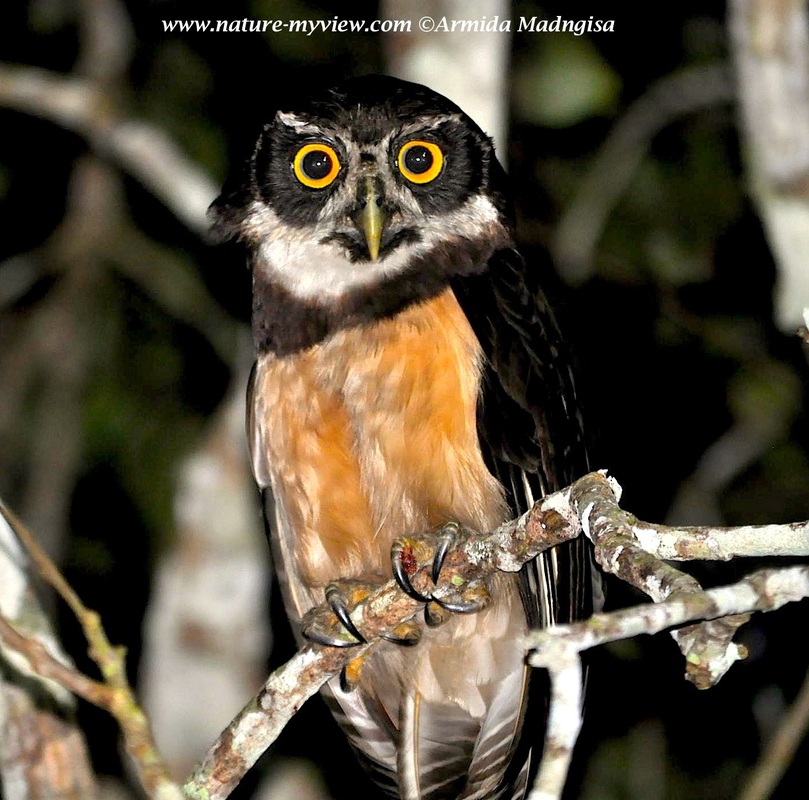
 RSS Feed
RSS Feed